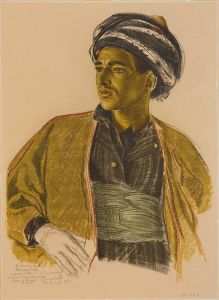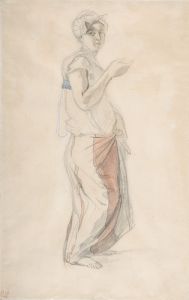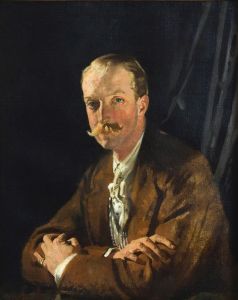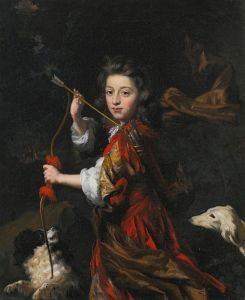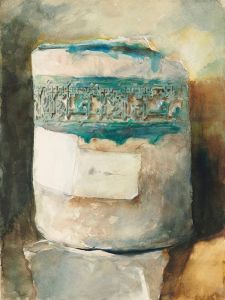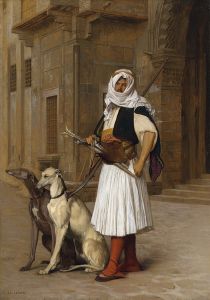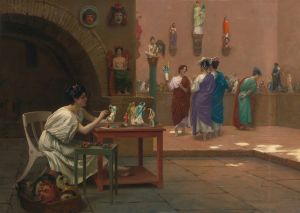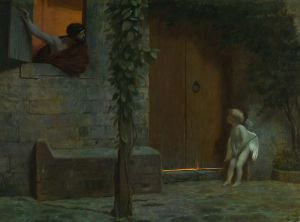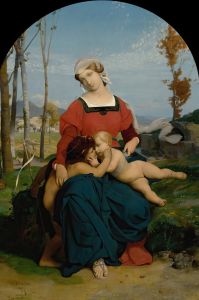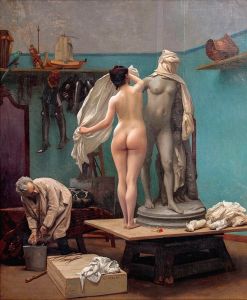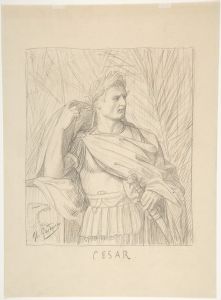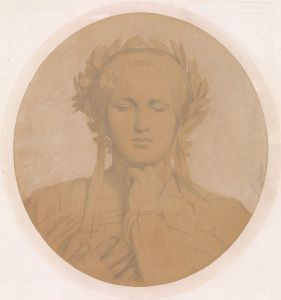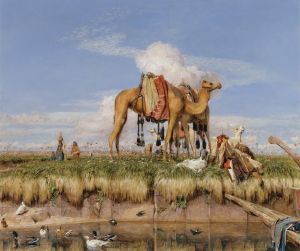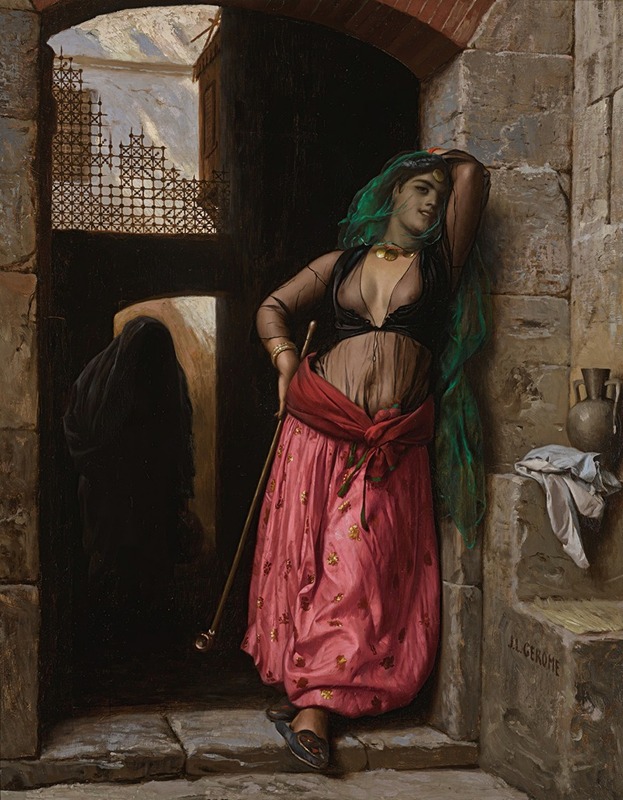
Jeune Fille Du Caire
A hand-painted replica of Jean-Léon Gérôme’s masterpiece Jeune Fille Du Caire, meticulously crafted by professional artists to capture the true essence of the original. Each piece is created with museum-quality canvas and rare mineral pigments, carefully painted by experienced artists with delicate brushstrokes and rich, layered colors to perfectly recreate the texture of the original artwork. Unlike machine-printed reproductions, this hand-painted version brings the painting to life, infused with the artist’s emotions and skill in every stroke. Whether for personal collection or home decoration, it instantly elevates the artistic atmosphere of any space.
Jean-Léon Gérôme was a prominent 19th-century French painter and sculptor, known for his detailed and historically themed works. He was a leading figure in the academic art movement and is often associated with Orientalism, a genre that depicted the Middle East and North Africa through a Western lens. Gérôme's works are characterized by their meticulous attention to detail, vibrant colors, and dramatic compositions.
"Jeune Fille Du Caire" (Young Girl of Cairo) is one of Gérôme's paintings that reflects his interest in the cultures and people of the Middle East. While specific details about this particular painting are scarce, Gérôme's body of work often depicted scenes from his travels in the region, capturing the everyday life, architecture, and people with a romanticized yet precise approach.
Gérôme's fascination with the Orient began in the mid-19th century, during a time when European artists and writers were increasingly interested in the exoticism of the East. This interest was partly fueled by the expansion of European colonialism and the increased accessibility of these regions to Western travelers. Gérôme traveled extensively in the Middle East, visiting countries such as Egypt, Turkey, and Syria, which provided him with firsthand experiences and inspiration for his art.
In his Orientalist works, Gérôme often portrayed scenes of bustling markets, religious ceremonies, and intimate portraits of individuals, capturing the rich cultural tapestry of the regions he visited. His paintings are noted for their ethnographic detail, as he often included accurate depictions of clothing, architecture, and artifacts. However, like many Orientalist artists, Gérôme's works have been critiqued for their romanticized and sometimes stereotypical portrayals of Eastern cultures.
"Jeune Fille Du Caire" likely fits within this context, presenting a portrait or scene involving a young girl from Cairo. Gérôme's ability to capture the subtleties of human expression and the intricate details of his subjects' surroundings would have been evident in this work, as in his other paintings. His use of light and shadow, combined with his skillful rendering of textures, would contribute to the lifelike quality of the painting.
Gérôme's influence on the art world was significant, as he was not only a prolific painter but also a respected teacher at the École des Beaux-Arts in Paris. His students included notable artists such as Thomas Eakins and Odilon Redon. Despite the controversies surrounding Orientalism, Gérôme's works remain important for their artistic merit and their role in the broader narrative of 19th-century art.
Today, Gérôme's paintings are housed in major museums and collections worldwide, where they continue to be studied and appreciated for their technical brilliance and historical significance. While "Jeune Fille Du Caire" may not be as widely recognized as some of his other works, it nonetheless represents an integral part of Gérôme's exploration of the themes and subjects that defined his career.





